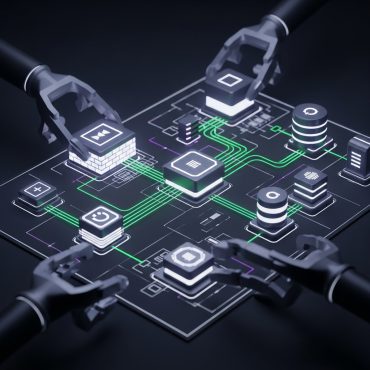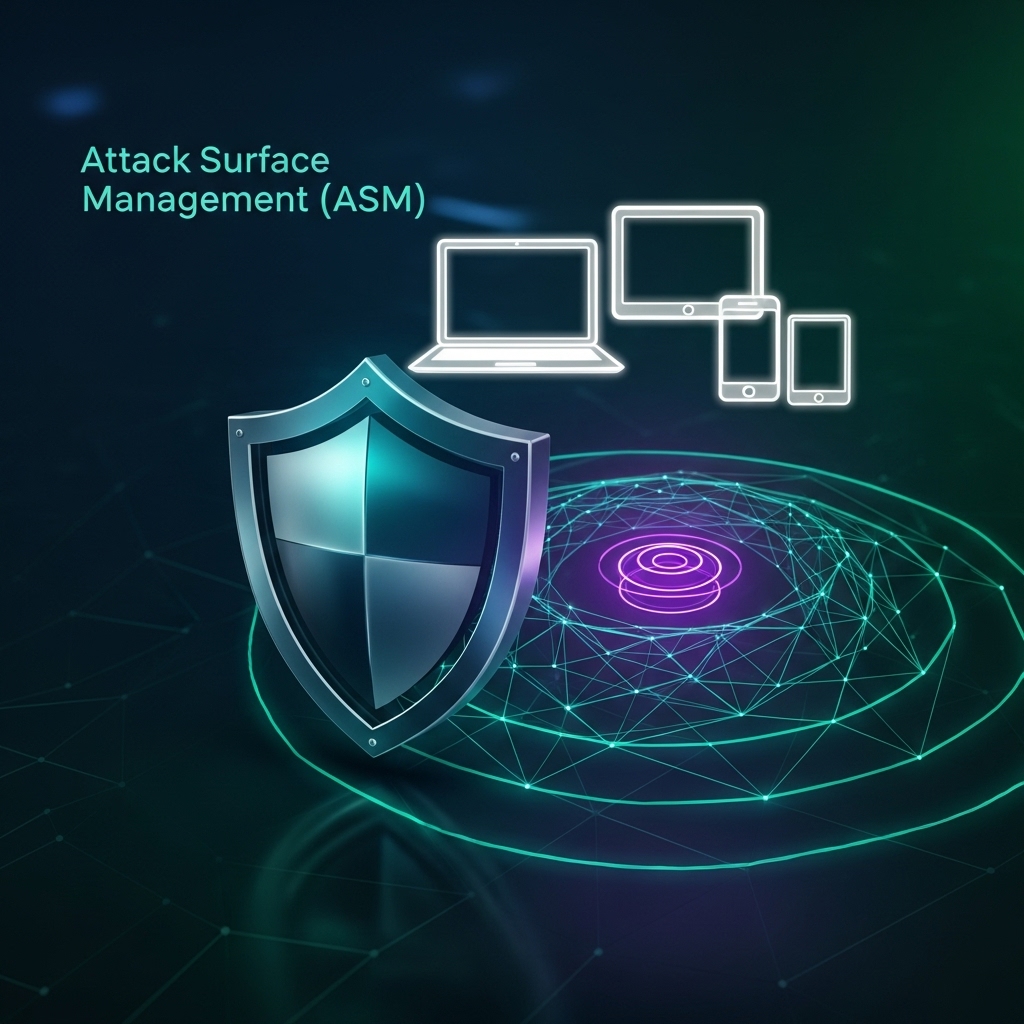What is Attack Surface Management?
Attack Surface Management (ASM) is a proactive cybersecurity approach that involves identifying, classifying, and monitoring all digital assets and potential attack vectors that could be exploited by adversaries. ASM provides full visibility into an organization’s external exposure and helps minimize cyber risk by reducing exploitable vulnerabilities.
Why Is ASM Critical?
Modern IT environments include cloud services, remote endpoints, public-facing applications, and third-party integrations—each increasing the organization’s attack surface. Without a clear understanding and control of this surface, organizations remain vulnerable to external threats, misconfigurations, and shadow IT.
Key Components
Asset Inventory
An accurate and up-to-date inventory of all digital assets—including servers, endpoints, cloud platforms, databases, IoT devices, and applications—must be established. Understanding what needs protection is the first step in reducing risk.
Vulnerability Identification
Each asset in the inventory must be evaluated for weaknesses. This includes unpatched software, open ports, misconfigured services, exposed credentials, and expired certificates.
Security Policy Development
Security policies should be implemented to govern access control, network segmentation, patch management, and endpoint configurations. These policies help reduce unnecessary exposure.
Continuous Monitoring and Assessment
The attack surface constantly evolves. Organizations must employ automated discovery and scanning tools, along with threat intelligence, to maintain real-time visibility and quickly identify new risks.
Penetration Testing and Vulnerability Scanning
By simulating real-world attack scenarios, penetration tests help expose weak points in systems, processes, and configurations, enabling remediation before actual threats occur.
Awareness and Training
Human error remains one of the top causes of security breaches. Employees should receive regular cybersecurity training to improve awareness of phishing, social engineering, and common attacker tactics.
Conclusion
Effective attack surface management empowers organizations to reduce their digital footprint, prioritize critical risks, and prepare for sophisticated threats. It is a foundational component of a mature, modern cybersecurity strategy designed to defend against evolving external threats.












